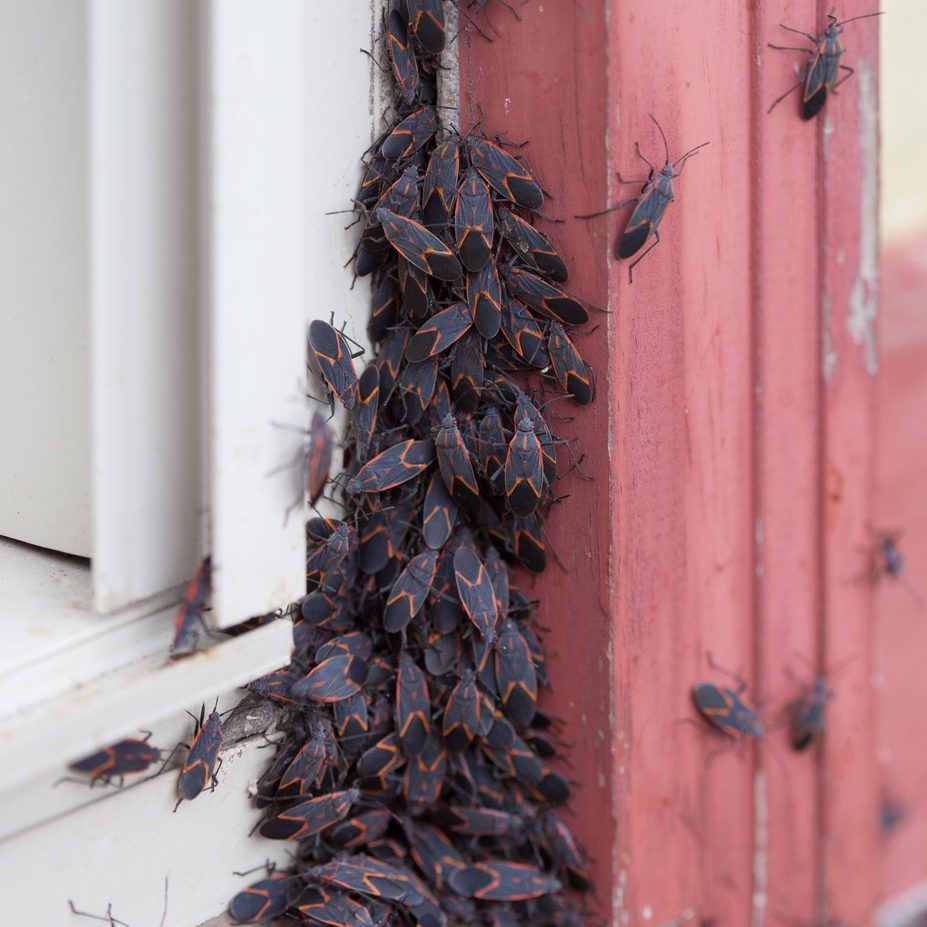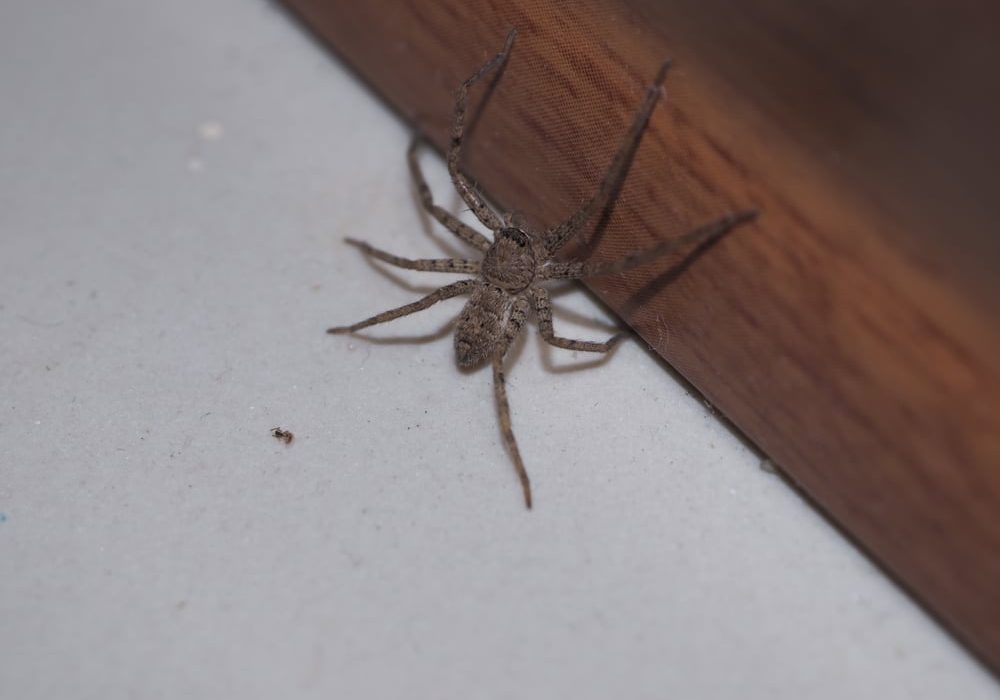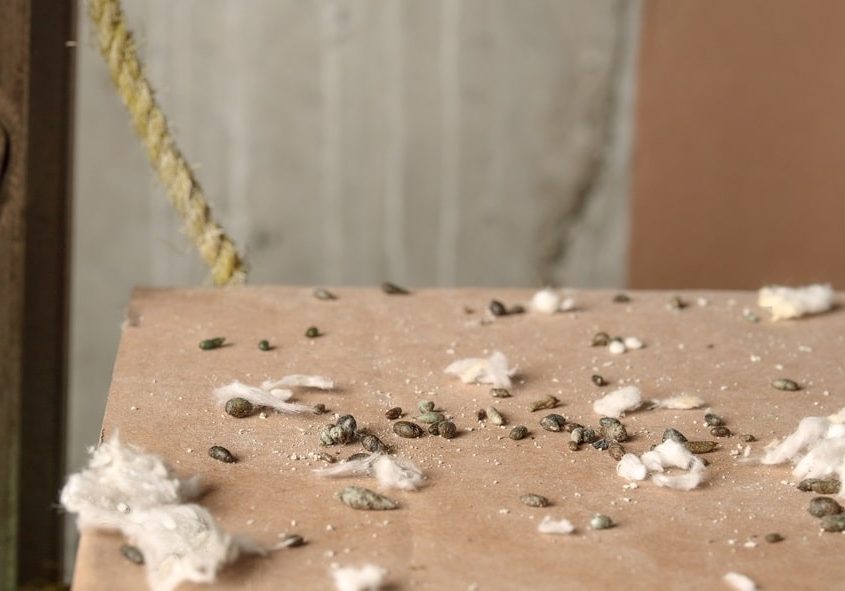Introduction
Winter brings many changes, from cozy indoor evenings to the chilling realization that pests might still be lurking nearby. While most homeowners think that the cold weather renders pests inactive, many bugs actually rely on hibernation—or a similar state—to survive the winter months. Understanding how and where pests hibernate is crucial for preventing pesky invasions into our homes. In this blog post, we will explore the fascinating world of hibernating pests and what happens to them during the winter.
Section 1: What is Hibernation?
Hibernation is more than simply a long nap; it’s a survival strategy adopted by various pests to cope with unfavorable environmental conditions.
Biological Changes
During hibernation, many pests enter a state of metabolic depression. This means their body functions slow down significantly:
- Heart rates decrease.
- Breathing slows.
- Energy consumption drops to minimal levels.
True Hibernation vs. Dormancy
Not all hibernating species use the same methods:
- True Hibernation: Some pests enter a dormant state for extended periods, relying on stored body fat.
- Diapause: Others experience a type of dormancy influenced by environmental conditions, pausing their life cycles without exhibiting the same physiological changes found in true hibernation.
Understanding these mechanisms allows homeowners to realize why certain pests can remain hidden during the winter and what may trigger their awakening come spring.

Section 3: Where Do These Pests Hibernate?
Pests have specific preferences for where they hibernate, often favoring places that offer protection and sustain them through the cold months:
In Homes:
- Basements: Cool and dark, basements provide a perfect hideaway for many pests.
- Attics: These unfrequented areas often become nesting grounds for rodents and insects alike.
- Wall Cavities: Cracks and crevices in your home’s structure can attract pests seeking shelter.
In Nature:
Many pests retreat to natural surroundings:
- Under leaves or logs.
- Inside tree bark.
- Buried underground where the temperature is more stable.
Understanding the habitats these pests prefer empowers homeowners to take preventative measures.
Section 4: The Climatic Influence on Pest Hibernation
Seasonal shifts play a significant role in insect behavior. Here’s how the environment influences hibernation patterns:
Temperature and Moisture:
As temperatures drop, pests seek refuge indoors to avoid the frigid conditions. They’re particularly attracted to areas with sufficient warmth and moisture.
Shelter:
Cracks and crevices around your home are appealing to many pests. Providing convenient access points encourages them to take up residence.
Climate Change:
Fluctuating weather patterns can alter the natural cycles of pests, leading to earlier awakenings in spring or prolonged activity in winter.
This highlights the importance of staying informed about pest behaviors, especially in the face of climate variability.
Section 6: Prevention Strategies to Keep Pests at Bay
Being proactive about pest prevention is vital for safeguarding your home during the cold months. Consider these strategies:
Maintaining a Clean Environment:
Regularly decluttering your home can reduce hiding spots for pests. Focus on:
- Removing debris from attics and basements.
- Keeping storage areas organized and open.
Proper Food Storage
To avoid drawing in pests, keep food items stored in airtight containers and promptly clean up spills or crumbs.
Sealing Entry Points
It’s essential to inspect the exterior of your home for cracks and crevices. Use caulk to seal these entry points, making it difficult for pests to enter.
Regular Maintenance
Schedule seasonal inspections to identify potential vulnerabilities, ensuring any issues are resolved before pests can take advantage.
Implementing these preventative measures can create an inhospitable environment for pests, limiting their chances of moving in for the winter.
At Emtec Pest Control, we are committed to safe and responsible pest control. We understand that your family’s safety is your number one priority, so we make it our priority, too.
If you have any other questions about any of these pests or pest control for your home or business, contact your Oklahoma pest control experts at Emtec Pest Control by calling us or by filling out our online contact form.


